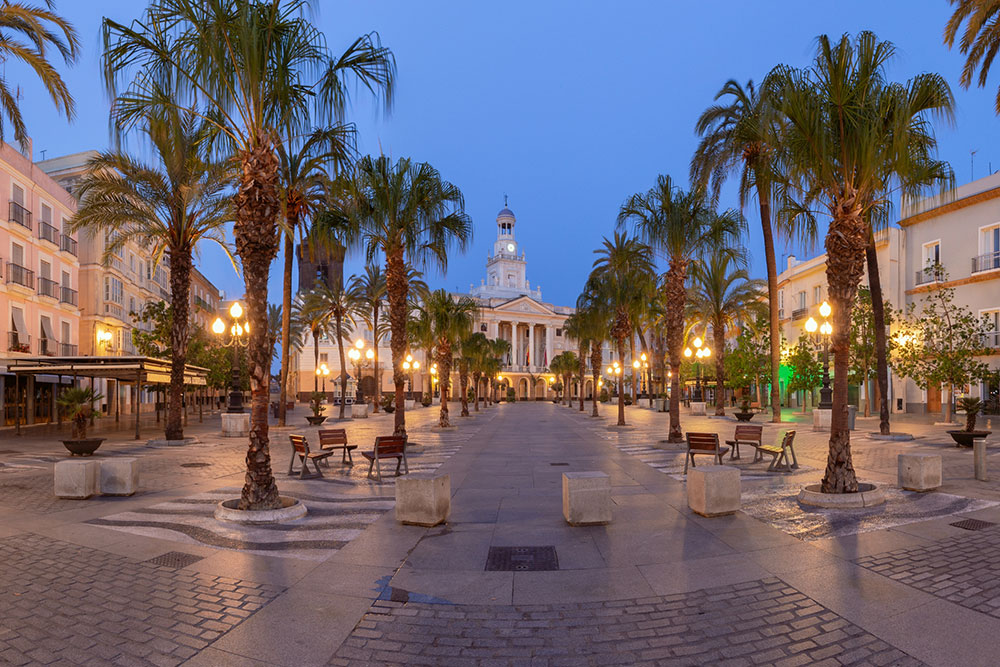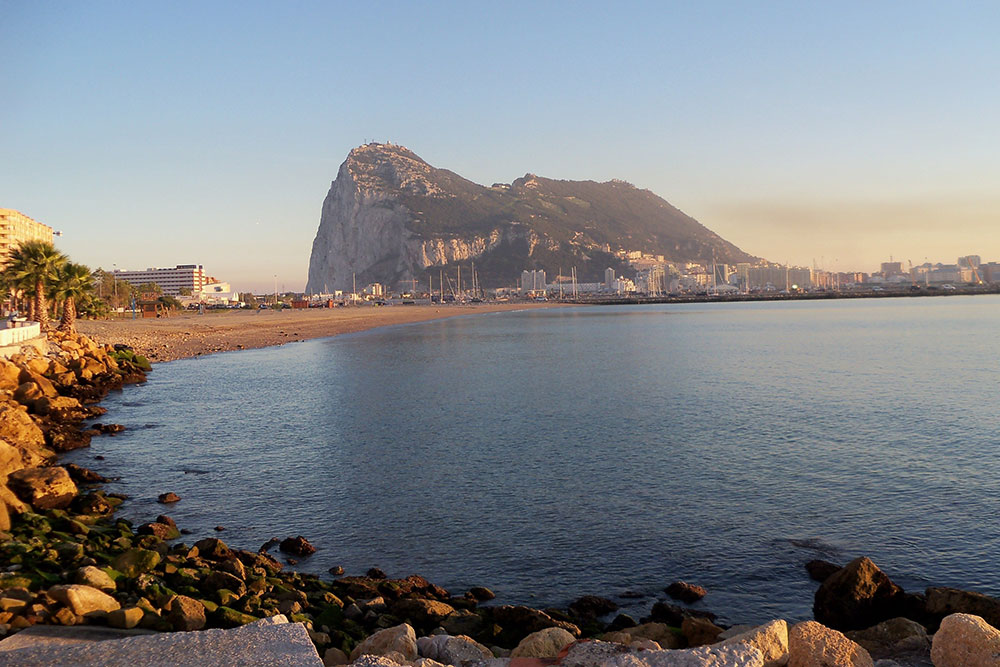

Lagos, Algarve, Portugal

Vila Real, Portugal

Cadiz, Andalucia, Spain

Gibraltar, British Overseas Territory
The next stage of our voyage takes us from Sines to Gibraltar, a thrilling journey that transitions from Portugal’s rugged Alentejo Coast to the sunny shores of the Algarve and onward into Spain’s Costa de la Luz, eventually reaching the iconic Strait of Gibraltar, the gateway to the Mediterranean. This leg offers a beautiful blend of relaxed coastal cruising and challenging passages, with stops at some of the most picturesque and historically significant ports along the Iberian Peninsula.
Leaving Sines, we sail south along Portugal’s wild, unspoiled coastline. The land gradually becomes more rugged, with golden cliffs and vast, sandy beaches lining the Alentejo Coast, an area that remains relatively untouched by mass tourism. After several hours of sailing, we approach the Algarve, Portugal’s southernmost region, famous for its dramatic cliffs, turquoise waters, and charming seaside towns. Our first major stop is Lagos, a vibrant town with a rich maritime history. Lagos was once a center for Portuguese exploration, and its ancient city walls and Forte da Ponta da Bandeira serve as reminders of its storied past. The marina in Lagos is one of the best-equipped in the region, offering an excellent base to explore the cobbled streets, lively markets, and beautiful beaches nearby.
From Lagos, we continue eastward along the Algarve Coast, passing through a series of dramatic headlands and calm bays. The landscape softens as we sail toward Vila Real de Santo António, located on the Guadiana River, which forms the natural border between Portugal and Spain. Vila Real is a charming town with a distinctive grid layout and whitewashed buildings that reflect its 18th-century origins. The marina here is peaceful and offers a great opportunity to explore the nearby fishing village of Ayamonte, just across the river on the Spanish side.
After crossing into Spain, we sail along the Costa de la Luz ("Coast of Light"), a stunning stretch of coastline with golden beaches and pine forests. The next major stop is Cádiz, one of the oldest cities in Europe. Cádiz is steeped in history, with narrow streets, ancient plazas, and a rich maritime heritage. The city’s Cathedral of Cádiz, with its golden dome, stands proudly along the waterfront, while its vibrant food markets and tapas bars offer an authentic taste of Andalusian culture. Cádiz has long been a favorite among sailors, and its well-protected harbor provides an excellent resting point before continuing on.
Leaving Cádiz, we sail toward one of the most famous headlands in maritime history, Cape Trafalgar. It was here in 1805 that Admiral Nelson led the British Royal Navy to victory in the Battle of Trafalgar. The cape is a dramatic sight, with a sweeping sandy beach and a prominent lighthouse perched on the headland. While it may appear serene today, the waters around Trafalgar can be tricky, with strong currents and shifting winds that require careful navigation.
Beyond Trafalgar, we stop in Barbate, a quiet fishing town known for its almadraba tuna fishing tradition. Barbate offers a tranquil marina and a chance to enjoy some of the freshest seafood in the region, particularly the famous bluefin tuna, served in a variety of traditional Andalusian dishes. The surrounding La Breña y Marismas del Barbate Natural Park is worth exploring for its dramatic cliffs and hiking trails with sweeping ocean views.
The final leg of this stage takes us toward the Strait of Gibraltar, a narrow and strategically significant passage between Europe and Africa. The strait is known for its strong tidal currents and rapidly changing weather conditions, making this a challenging yet exciting part of the voyage. Approaching Gibraltar, the Rock of Gibraltar rises dramatically from the sea, a landmark steeped in history and myth. The British Overseas Territory of Gibraltar is a fascinating mix of cultures, offering a blend of British, Spanish, and Moorish influences. Its marina provides a safe haven after the passage through the strait, and the town is an excellent place to rest, refuel, and explore.
